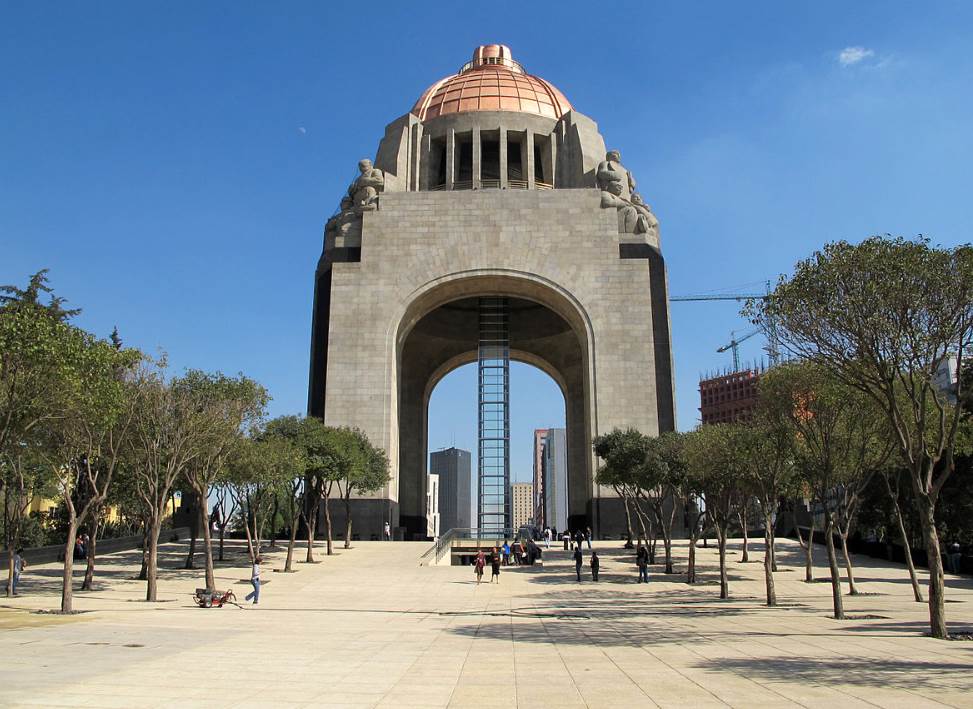A turbulent period in the second decade of the 20th century shaped both the culture and government we know today in Mexico.
It’s referred to as the Mexican Revolution and it happened exactly a century after Mexico’s War of Independence (1810-1821) against Spain
An area in downtown Mexico features several avenues commemorating this event, as well as an incredible monument.
In this article, you’ll discover some of the most interesting facts about the Monumento a la Revolución, a famous arch that holds a remarkable record.
1. It’s located in Plaza de la República in the heart of Mexico City
The Monumento a la Revolución or “Monument to the Revolution is one of the most prominent buildings in Mexico City, the capital city of Mexico.
It’s the centerpiece of the Plaza de la República and is bounded by a wide avenue called the Paseo de la Reforma and the Avenida de Los Insurgentes, the longest street in Mexico City with a length of 28.8 kilometers (17.9 miles).
This area is just west of the true historical heart of the city, a famous square known as “El Zócalo.”
If you want to admire one of Diego Rivera’s most famous murals then you can visit the nearby “Museo Mural Diego Rivera” as well which is just east of the monument.
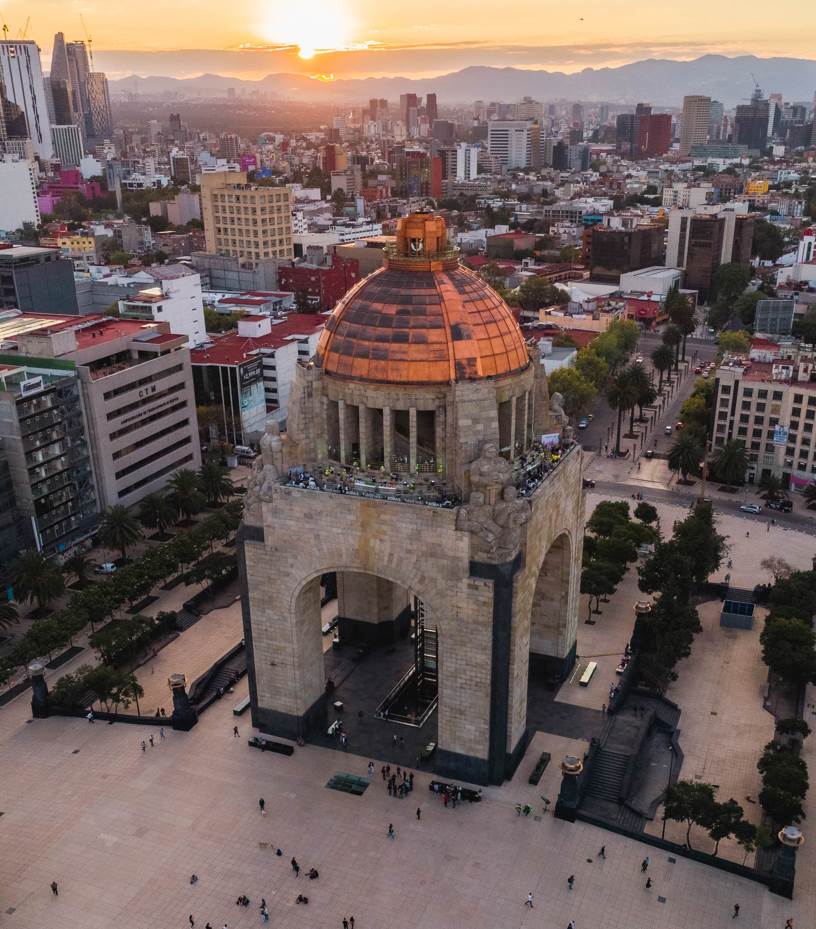
2. The arch was originally part of a never-completed government building
The monument commemorates the Mexican Revolution, an event that stood in the way of the initial project that was planned to be constructed here.
The original plan was to build the “Palacio Legislativo Federal” in this location, an immense government building that would have held the legislative bodies of the Mexican Federal Republic.
This Neoclassical building was designed by a French architect named Émile Bénard (1844-1929), a man who was trained at the École des Beaux-Arts in Paris.
The Government of president Porfirio Díaz (1830-1915), a man who ran the country as a dictatorship, was overthrown and the building was never constructed.

3. The first stone was laid when another monument was inaugurated
The irony of the situation regarding Porfirio Díaz was that he inaugurated another monument called the “Angel of Independence” or “El Ángel.”
He commissioned this monument as part of the celebrations of the centennial of the beginning of Mexico’s War of Independence in 1810.
The first stone of what he believed to be his immense palace was laid in 1910, the year that El Ángel was completed and inaugurated.
The Greek goddess of Victory “Nike” decorates this column which is situated not too far southwest of the Monumento a la Revolución. It decorates a roundabout on the Paseo de la Reforma.
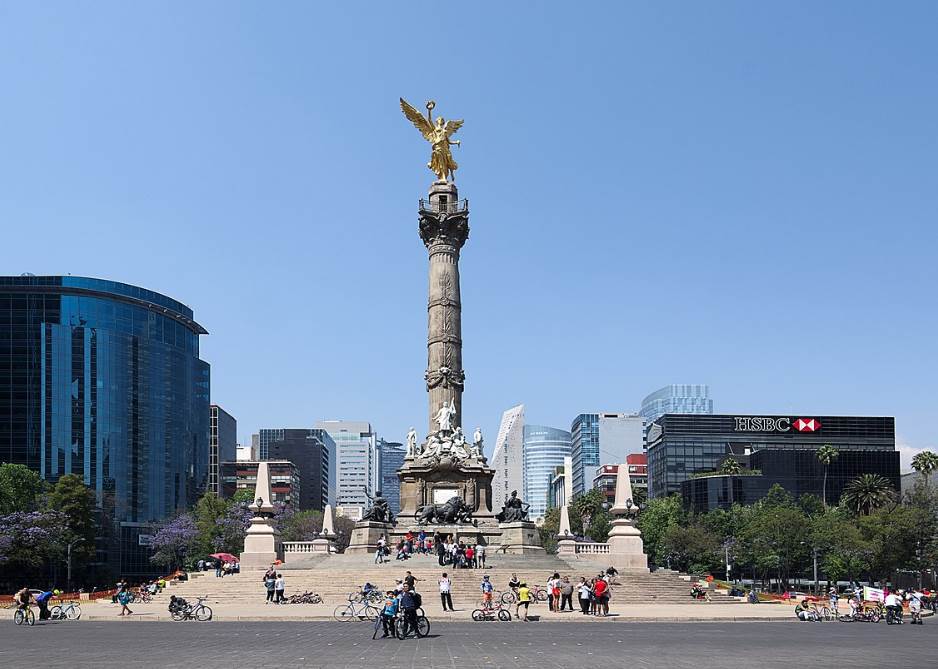
4. A Mexican Art Deco architect converted the palace into a monument
The construction of the monument was already pretty far ahead when the Mexican Revolution broke out and Díaz exiled himself to Paris.
Remarkably, his successor President Francisco I. Madero (1873-1913) continued the construction until he was assassinated in 1913 during another coup d’etat.
This marked the end of the project for over 2 decades. It was only during the presidency of Lázaro Cárdenas (1895-1970) that construction continued.
The plan to build the government building was shelved and Mexican architect Carlos Obregón Santacilia transformed it into a monument dedicated to the heroes of the Mexican Revolution.
Santacillia was an Art Deco architect and transformed the structure into one of the most impressive Art Deco buildings in Mexico. The structure was finally completed in 1938.
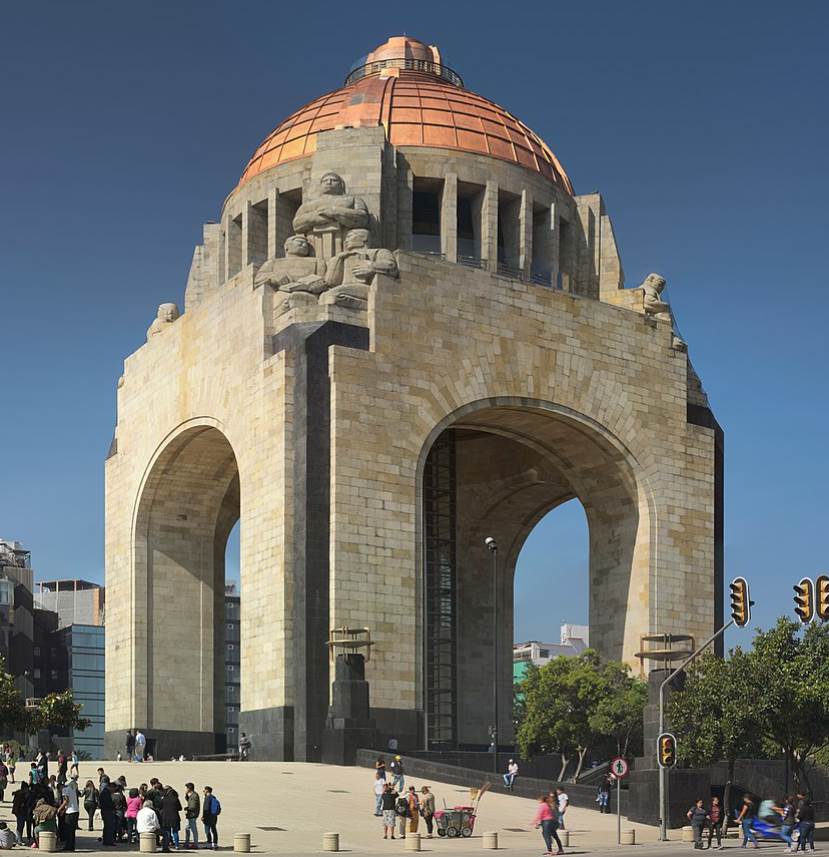
5. The framework is made of steel and it’s clad with stones imported from abroad
Santacilia had a pretty easy job because the entire framework was already completed. He simply adjusted the schedule copula of the Palacio Legislativo and had a sculptor add 4 sculptural groups in each corner.
What’s fascinating is that the internal structure features a steel framework. The exterior of the building is clad with marble imported from Italy and granite imported from Norway.
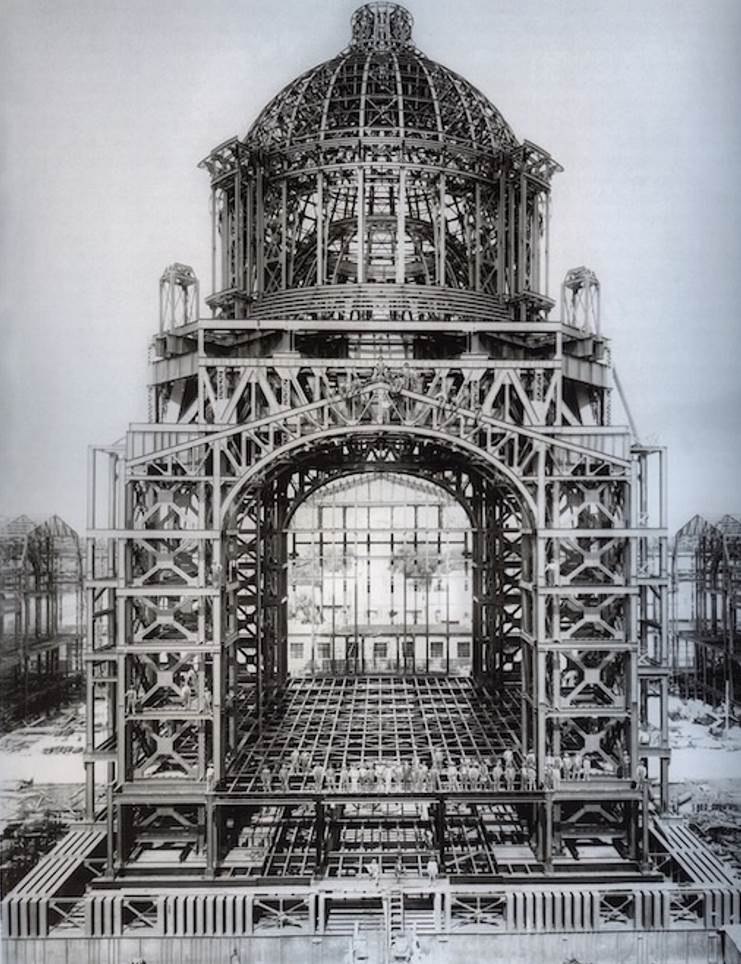
6. The building was nearly demolished in the early 1930s
Because the structure had remained unfinished for over 2 decades, it had suffered substantially. The dilapidated unfinished building was scheduled to be demolished in 1931.
What’s remarkable is that it was Carlos Obregón Santacilia who proposed to convert the structure into a monument.
If it wasn’t for his idea, the building would have been completely flattened.
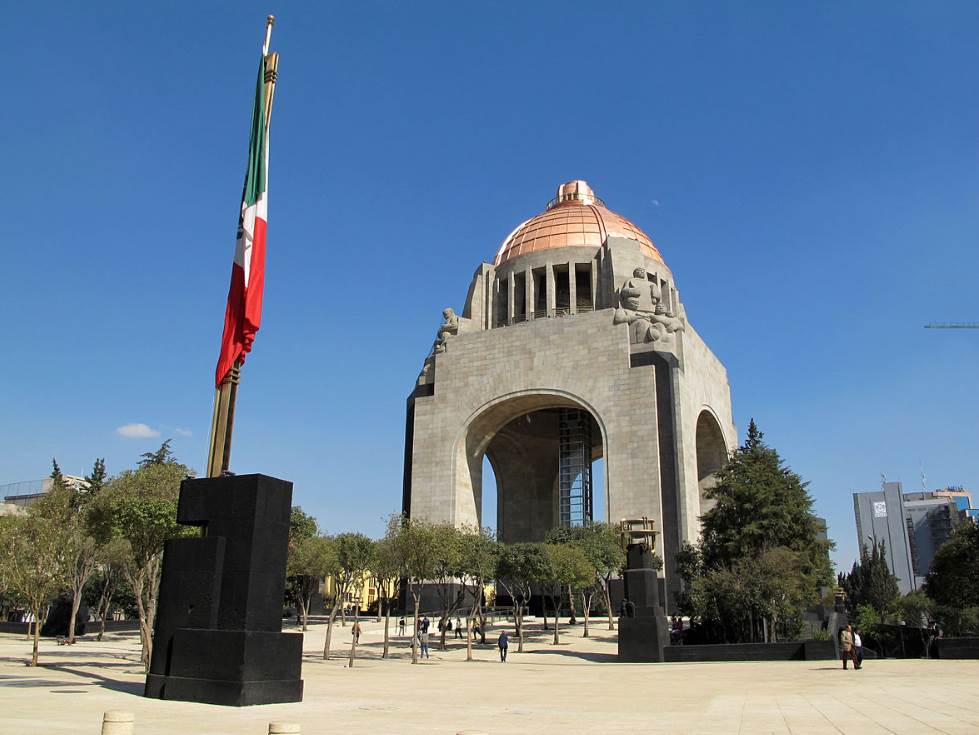
7. Monumento a la Revolución is the tallest triumphal arch in the world
The Monumento a la Revolución stands 67 meters (220 feet) tall and this makes it the tallest triumphal arch in the world.
Granted, the Gateway Arch, the most famous landmark in St. Louis, Missouri, is much taller at 192 meters (630 feet) but this is technically not a triumphal arch.
The Arch of Triumph in Pyongyang is a close second at 60 meters (197 feet) and the world-famous Arc de Triomphe in Paris isn’t much shorter either at 50 meters (164 feet).
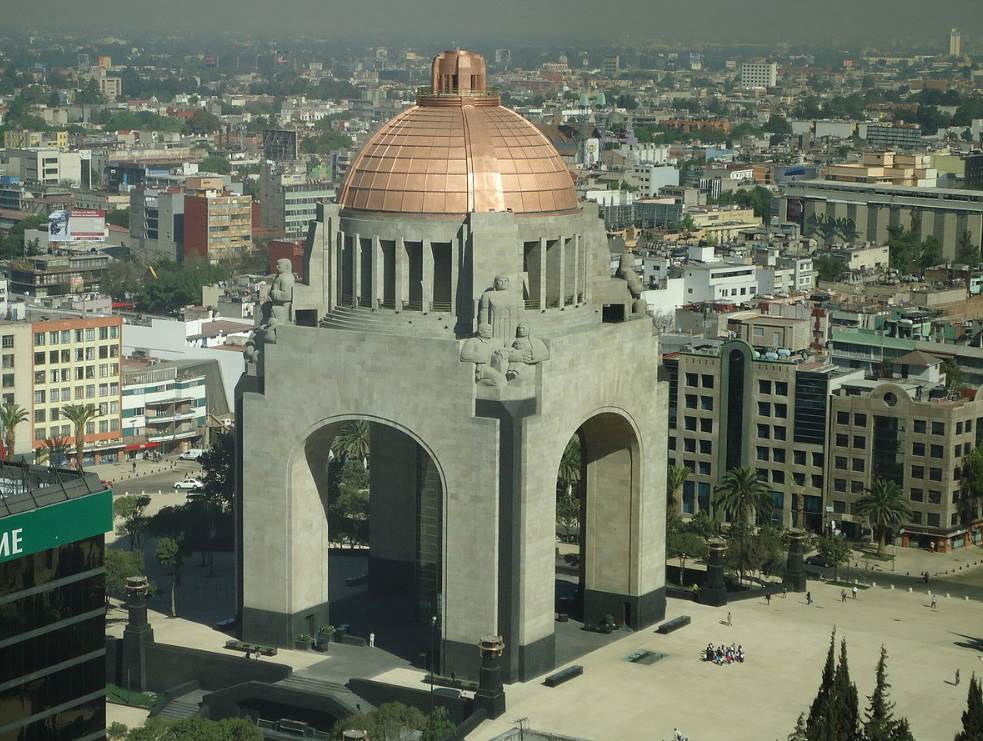
8. The structure serves as a monument but also as a mausoleum
The structure serves as a monument that commemorates the series of the revolution, and also as a famous mausoleum in Mexico.
Some of the most notable people of the Mexican Revolution are buried here, including Francisco I. Madero, Francisco “Pancho” Villa, Venustiano Carranza, Plutarco Elías Calles, and Lázaro Cárdenas.
One of the most important figures during the revolution, Emiliano Zapata (1879-1919), is buried at the “Monumento a Emiliano Zapata” in Cuautla, Morelos
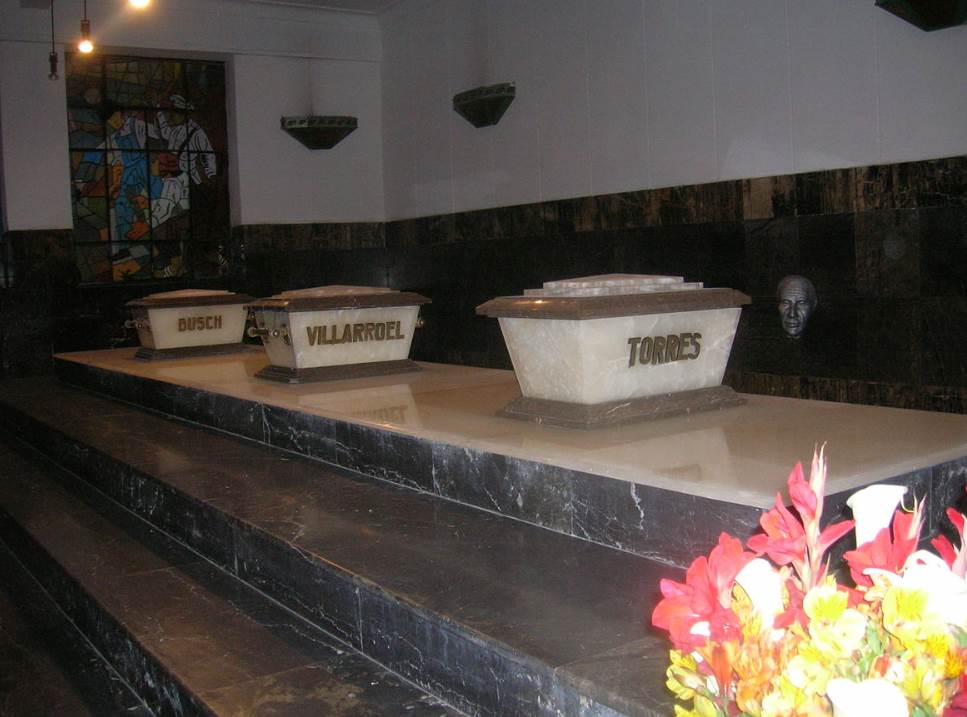
You can climb the monument and get magnificent views as well because it also serves as a museum and observation platform.
The entrance to the museum faces the western façade of the monument and guided tours are available to bring you to the top of this famous monument in Mexico City.
